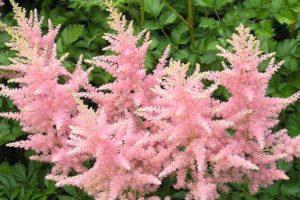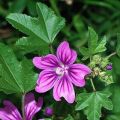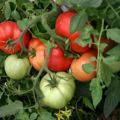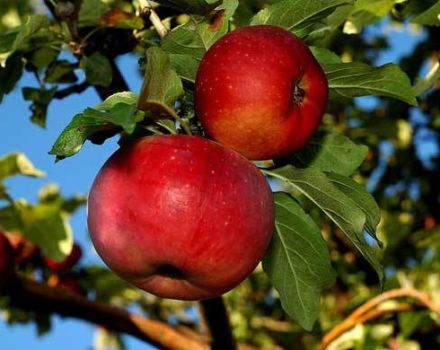How to plant, grow and care for mallow, do you need to prune for the winter
Mallow is a decorative plant with bright large flowers. Due to their beautiful appearance, they can be used to decorate personal plots, plant near houses, in vegetable gardens. In addition, mallow has a special mucus, which allows the plant to be used for medicinal purposes, to relieve inflammatory processes. Growing a flower is not difficult. In order to know how to grow mallow correctly, it is enough to follow some rules.
General description of the plant
The plant belongs to the Malvov family. It can be one-year, two-year and long-term. On a long stem, the height of which in some cases can reach 2 meters, large flowers grow, no more than 12 centimeters in diameter. The appearance and shape of the mallow is like a bell, and the leaves are like hearts.
Mallow comes in a variety of varieties, ranging in color from pale pink to intense purple. Flowers bloom in July and August. Mallow is resistant to cold and does not lend itself to the harmful effects of frost. In addition, the flower is rarely "sick", and is able to withstand drought. In most cases, it is not atmospheric conditions that bring harm, but pests (mites, slugs, and others).
The specifics of growing mallow
Seeds are allowed to be planted in the ground in May and June. Before autumn and winter cold come, only a rosette of leaves will have time to form, and flowering will occur only the next summer.
If you want to see flowering this year, sowing needs to be organized in January or February.
How to choose a sowing date
The features of growing annual and perennial flowers are the same. The only difference is the sowing time. Annual mallow is prepared and sown in winter, and the soil should be planted in May. In such cases, flowering will occur in summer. Biennial and perennial plants are sown in May and planted in August or September.
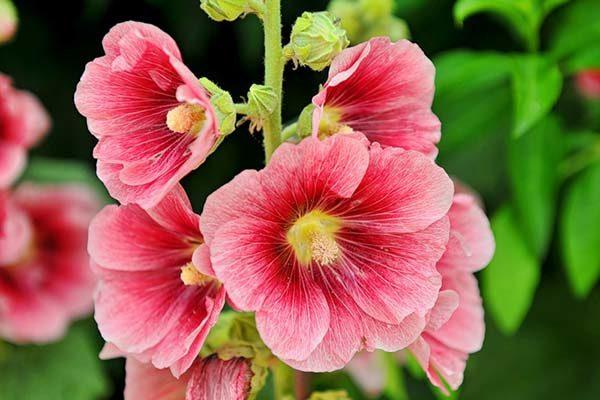
Site preparation
Before sowing seeds or planting seedlings, the necessary place must be dug deeply. If the soil is not rich in nutrients, it is recommended to prepare it, namely, fertilize it with compost or rotted manure. To increase the drainage properties of the soil, it is enriched with coarse river sand.
Preparation of planting material
Flower growers recommend letting the seeds sit for a while before they finish ripening.However, there is controversy on this issue, and some gardeners believe that sowing should be done immediately after the seeds are thrown out of the box.
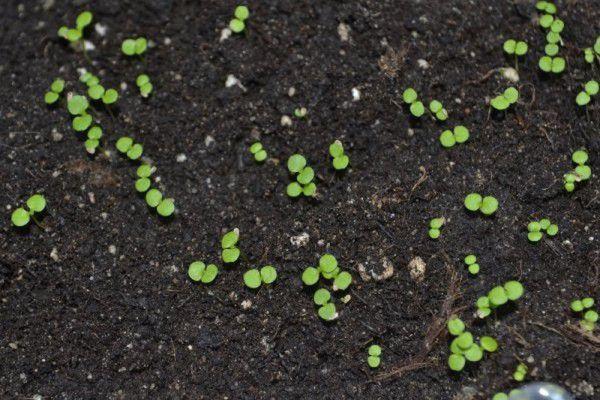
Before planting the material, it is recommended to soak it for 36 hours in warm water.
Planting scheme and process
Planting annuals, biennials and perennials next to each other is not worth it. The distance between seeds should be at least 50 centimeters, but if small species are planted, it can be reduced. The hole should be approximately 3 centimeters deep. After placing the seed in the hole, it is covered with a layer of earth and compacted. During the sprouting of the stem, constant soil moisture is required.
To speed up pecking and retain moisture in the required area, lutrasil is placed on top of it - a covering material for protection. The period between planting and emergence of mallow shoots reaches 3 weeks.
Further care of the plant
In order for mallow to grow healthy, it is necessary to follow some of the gardener's recommendations for watering, feeding and other actions.
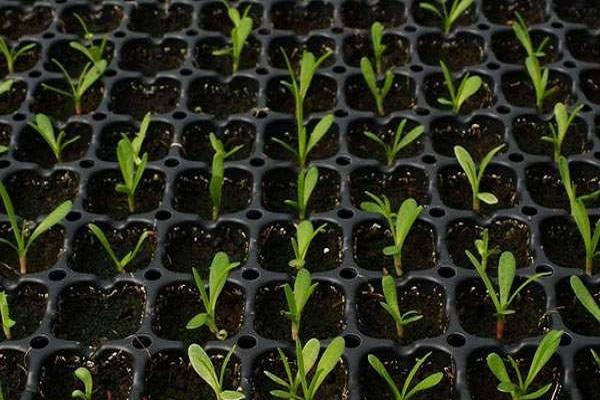
Watering and feeding
Although in the process of caring for a planted flower, constant moistening of the earth is required, it is not recommended to water the soil daily and in large quantities. If there are normal sunny weather conditions outside the window, 1-2 waterings in 7 days will be enough.
In case of drought, the frequency of soil moistening is increased to 2 days. In this case, the volume of water entering the ground can be greater. At high ambient temperatures, the plant will not disappear, which can be explained by the presence of a long root that penetrates into the deep layers of the soil. Abundant watering is needed for mass flowering. This will give the plants a splendor.
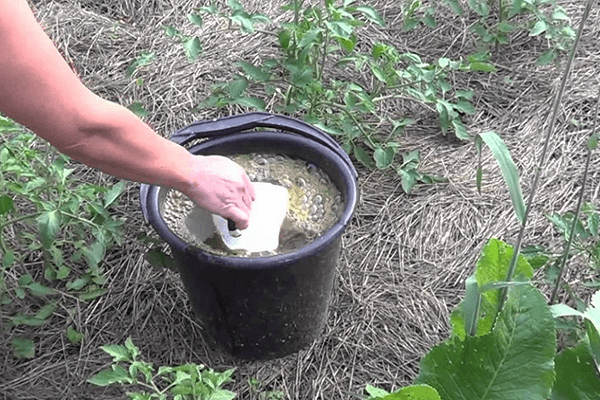
Feeding mallow is carried out with the help of phosphorus-potassium fertilizer, at the beginning of the summer period. It is necessary to observe the time between manipulations of 20 days. Other materials have a beneficial effect on the flowering of mallow - organic matter (humus or compost).
As soon as the buds appear, the mallow is fed with complex mineral fertilizers.
Pinching
Pinching is the neat pruning of shoots and buds located at the end of a branch. It must be carried out before winter, to prevent breaking off under a large mass of snow. It also requires pinching, which is carried out when growing seedlings, to give density to the future plant.
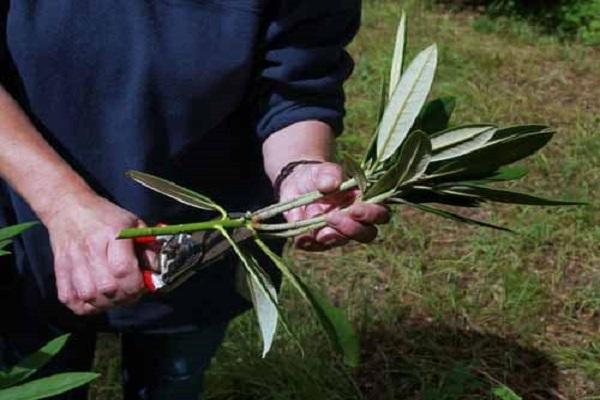
Transfer
It is recommended to replant the plant as it grows. If there is not enough space in the growth area, it is necessary to divide the mallow, for example, into 2-3 parts, and transplant each one separately.
Loosening
Although the plant is quite large and spreading, with powerful roots that need normal air exchange, periodic loosening of the soil is necessary to maintain this process.
Loosen the soil carefully to prevent damage to the lower leaves and rhizomes. If the roots are accidentally damaged, the plant may die.
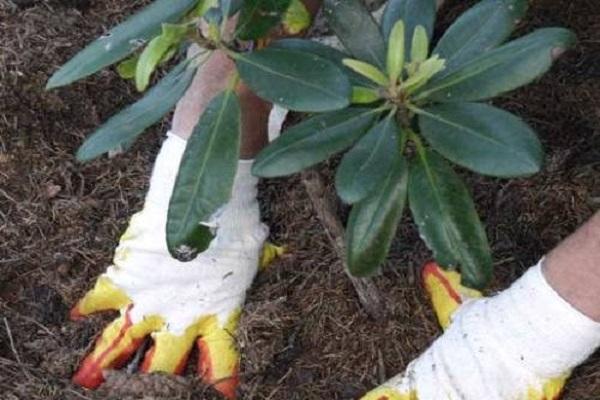
Do I need to cut the mallow
Gardeners recommend pruning the mallow after it has bloomed and dry pods with seeds inside have formed. After that, the mallow grows back quickly, and can still bloom a second time.
Shelter for the winter
Preparing mallow for cold weather and winter is not difficult. In the absence of severe frost, the plant will easily survive the winter period. Under the influence of a critically low temperature, it is harmed (especially for young flowers or a plant of a sensitive variety).
To minimize harm, dry leaves, cellophane, fiberglass are used as a shelter for a flower for the winter.
Potential diseases and pests
As with any plant, pests are dangerous for mallow that can harm the plant. Some of these are slugs, which can live on leaves and flowers.Pests can be removed from the mallow manually or you can use the following simple method: pour beer into several small containers, arrange around the stem. The very next day, you can observe that the pests have slipped to the liquid. The plant is damaged by rust, which is located on an iron fence. As a rule, it forms on the leaves if the mallow grows near the fence. The affected leaves are torn off and destroyed, and the plant is treated with a fungicide.
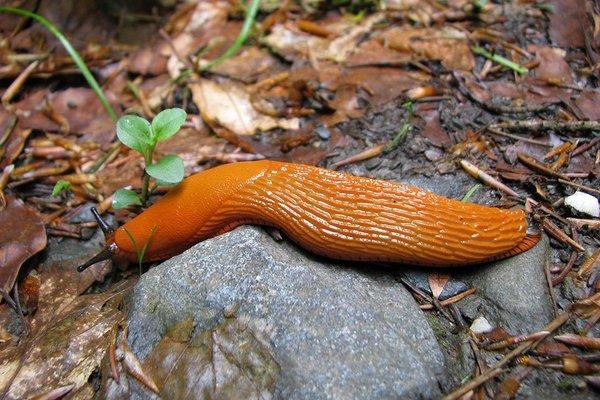
In the hot season, the risk of mallow damage by spider mites increases. Among the characteristic signs of the disease is the presence of white dots on the sheets, which increase in size. As a result, the leaves dry up. If pests are found on the plant, it is treated with a soap solution or mineral oil. If they are ineffective, use the drugs Vertimek or Fitoverm.
Another pest is aphids, which cause yellowing of flowers, leaves, buds. In this case, a soap solution that is sprayed on the affected areas will also help.
Breeding methods
Mallow can be propagated by seed and cuttings. After the end of flowering, seed pods are formed, in which the seed fruits are localized. The latter fully ripen in 3-4 weeks. When the seeds have turned yellow, they are harvested, put to dry in the room. The terry variety is propagated by cuttings. To grow mallow, cuttings are collected from the root of an adult plant. For planting mallow in the summer, you need to collect cuttings cut from the stems.
Mallow is a plant on which beautiful flowers grow that adorn houses, garden lands and other areas. However, to get a rich "harvest", you need to know how to properly plant and grow a plant. To do this, you need to study the above recommendations of gardeners. It is especially necessary to pay attention to pests and diseases of mallow, which, in most cases, lead to its death.
